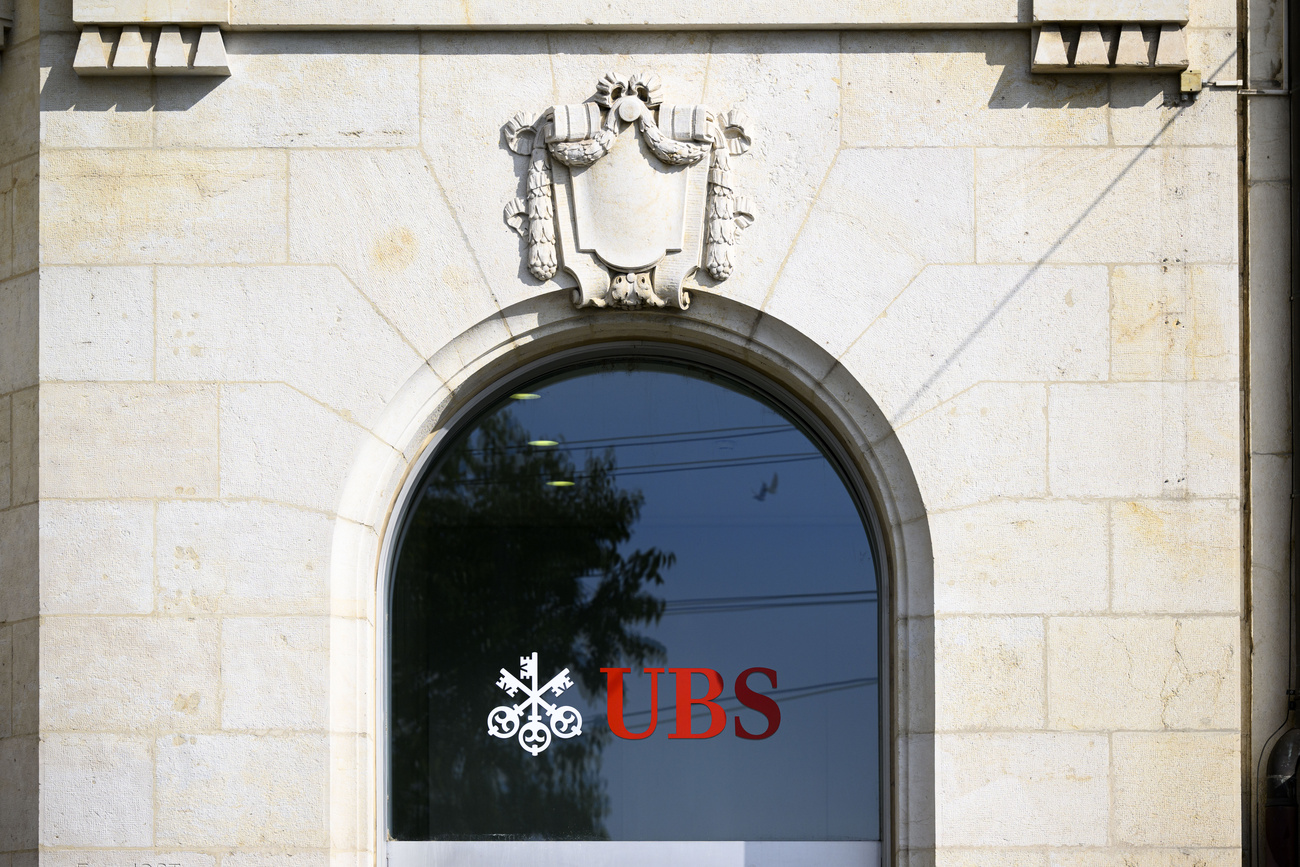
Spotlight returns to ozone hole
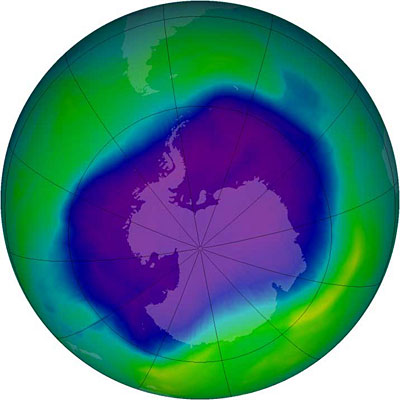
Switzerland is "ahead of the international target" to reduce ozone-depleting chemicals, a scientist at the Federal Environment Office has told swissinfo.
However, the hole in the ozone layer over Antarctica has already surpassed its 2007 size this year and is set to keep growing for another few weeks, according to the United Nations’ weather agency.
The Antarctic ozone hole appears every year and normally stretches to about the size of North America, reaching its maximum size in late September or early October, said the World Meteorological Organisation (WMO) on Tuesday – International Day for the Preservation of the Ozone Layer.
But in 2008 the protective layer, which shields the Earth from ultra-violet rays that can cause skin cancer, began to thin relatively late.
“During the past couple of weeks it has grown rapidly and has now passed the maximum size attained in 2007. Since the ozone hole is still growing, it is too early to determine how large this year’s ozone hole will be,” the Geneva-based WMO said.
The ozone hole covered 27 million square kilometres as of September 13, against 25 million square kilometres at its peak last year.
“Certainly this is a continuing source of worry,” Ernst Furrer, a scientist at the Federal Environment Office, told swissinfo.
“But there are always annual changes in the size of the ozone hole and if you look at the data, it hasn’t grown much worse over the past ten years. The rapid decay that started during the Seventies has almost come to a halt. We are at the turning point: atmospheric chlorine concentration has started to slowly decrease, however we still await the first explicit signs of a net recovery of the ozone layer.”
In the long run however Furrer believes that while progress has been made, we’re not out of the woods yet.
“At the moment we can say that the fragility of the ozone layer is still maximum and it might remain so for the next ten years. It needs a global effort to achieve further progress, and many potent ozone-depleting chemicals persist in the atmosphere,” he said.
Complacency
September 16 commemorates the date in 1987 on which the Montreal Protocol on Substances that Deplete the Ozone Layer was signed.
The Montreal Protocol was set up to phase out chemicals such as chlorofluorocarbons (CFCs) – substances which were causing erosion of the ozone layer.
The ozone layer blocks ultraviolet-B radiation from the sun, which can be harmful to humans, animals and plants alike.
“The UV radiation in Switzerland has increased by five to seven per cent on average over the past 20 years or so,” Furrer pointed out.
While ozone depletion and the ozone hole have rather fallen out of the media spotlight and public awareness, Furrer doesn’t think this will affect the long-term goals.
“There has probably been a relaxation in terms of media presence but I don’t think this [complacency] will occur practically because all parties that signed the protocol – and it was agreed virtually globally – were obliged to make drastic reductions of ozone-depleting chemicals,” he said.
“Switzerland is actually ahead of the international target. We have reduced these ozone-depleting chemicals by almost 100 per cent.”
Cautious optimism
Experts believe that if the Montreal Protocol is adhered to, the ozone layer could recover by 2050.
Due to its widespread adoption and implementation, it has been hailed as an example of exceptional international co-operation. Former UN Secretary-General Kofi Annan said it was “perhaps the single most successful international agreement to date”.
On Tuesday current UN Secretary-General Ban Ki-moon agreed. “Market turmoil, economic downturns and talk of recession have historically spelt tough times for the environment.
“At such moments, safeguarding the planet has often been seen as a luxury and as a burden on economic recovery and development,” he said.
“But the remarkable story of the ozone layer, whose preservation we celebrate today, shows such thinking for what it is: mere myth. Decisive multilateral action on environmental threats and challenges can bring wide-ranging health, social and economic benefits.”
Furrer is also positive. “There is more work to be done and it has to be done globally. But I think this is a really exemplary agreement and I hope that it can serve as a model for other agreements.”
swissinfo, Thomas Stephens
“Bad” ozone
Ozone is found in the troposphere, which is the lowest region of the atmosphere, extending from the earth’s surface to a height of about 6-10km.
Ozone is not generated directly by human activity, but forms as a result of prolonged exposure to the sun, first of all from nitric oxide and volatile organic compounds (VOC).
The main cause of nitric oxide emission is motorized traffic, whereas industry and households generate VOC.
The effects on humans include irritation of the mucous membranes, inflammation of the respiratory tract, reduction of the lungs’ function and physical performance.
“Good” ozone
Stratospheric ozone is found in the higher regions of the atmosphere and protects us from ultraviolet rays.
Over the past few years, this type of ozone has been reduced considerably (the famous ozone hole), owing to an excessive use of substances such as chlorofluorocarbon (CFC).
The Montreal Protocol on Substances That Deplete the Ozone Layer is an international treaty designed to protect the ozone layer by phasing out the production of a number of substances believed to be responsible for ozone depletion.
The Montreal Protocol was adopted in 1987 following the 1985 discovery of a growing hole in the ozone layer over the Antarctic. Switzerland ratified the Montreal Protocol in December 1988.
One of the main causes of this was identified as chlorofluorocarbons (CFCs), which were leaking into the atmosphere from refrigerators and aerosols. Other chemicals are also covered.
The ozone layer blocks ultraviolet-B radiation from the sun, which can cause skin cancers and other medical conditions, as well as harm biodiversity and wildlife.

In compliance with the JTI standards
More: SWI swissinfo.ch certified by the Journalism Trust Initiative


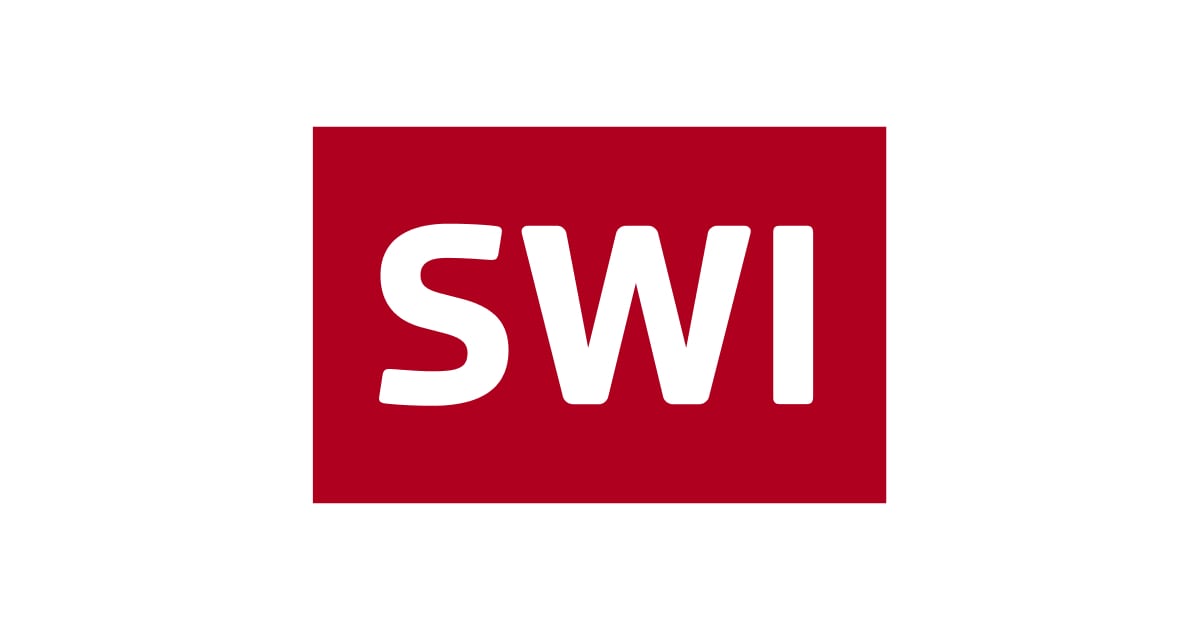







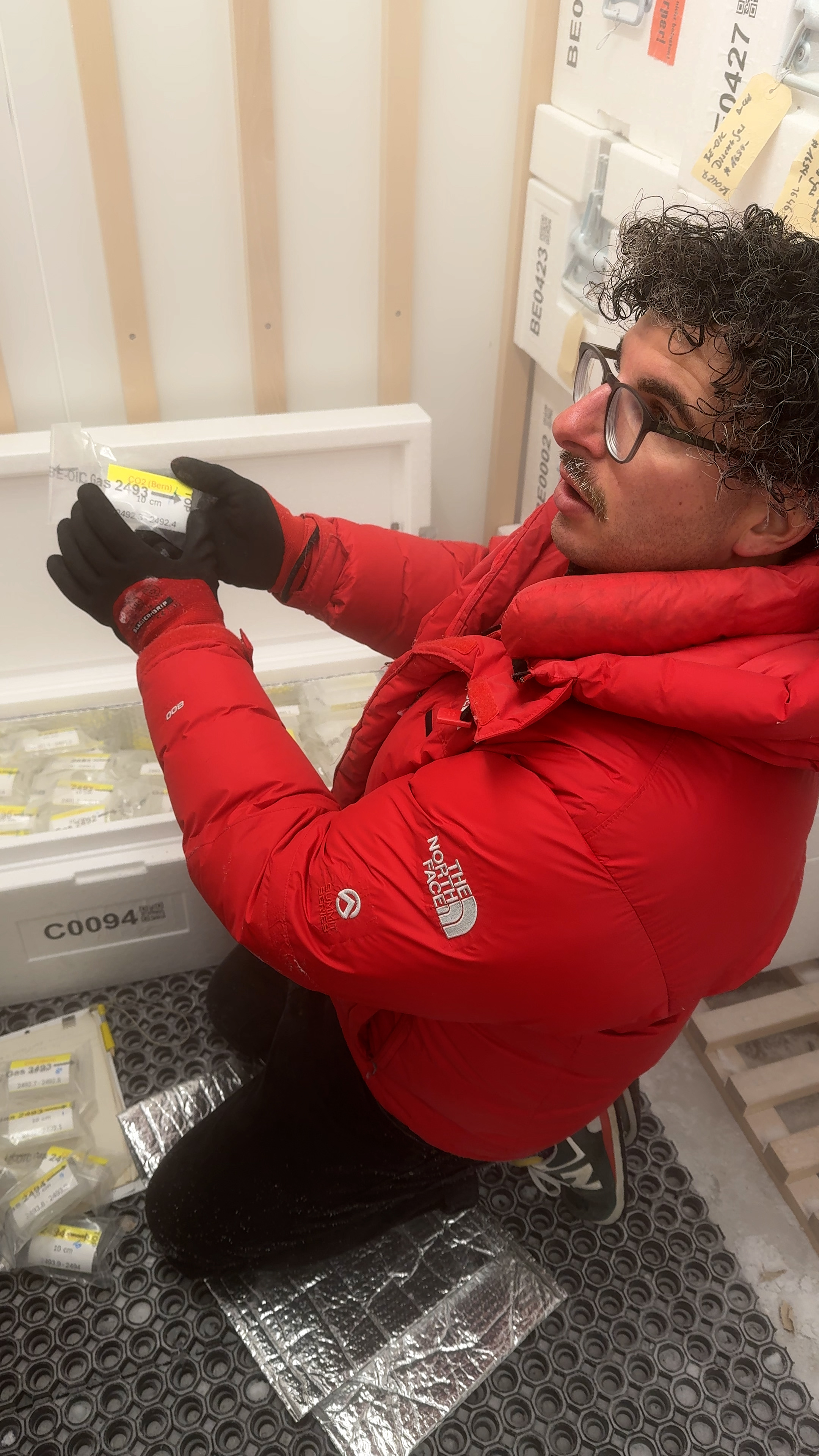










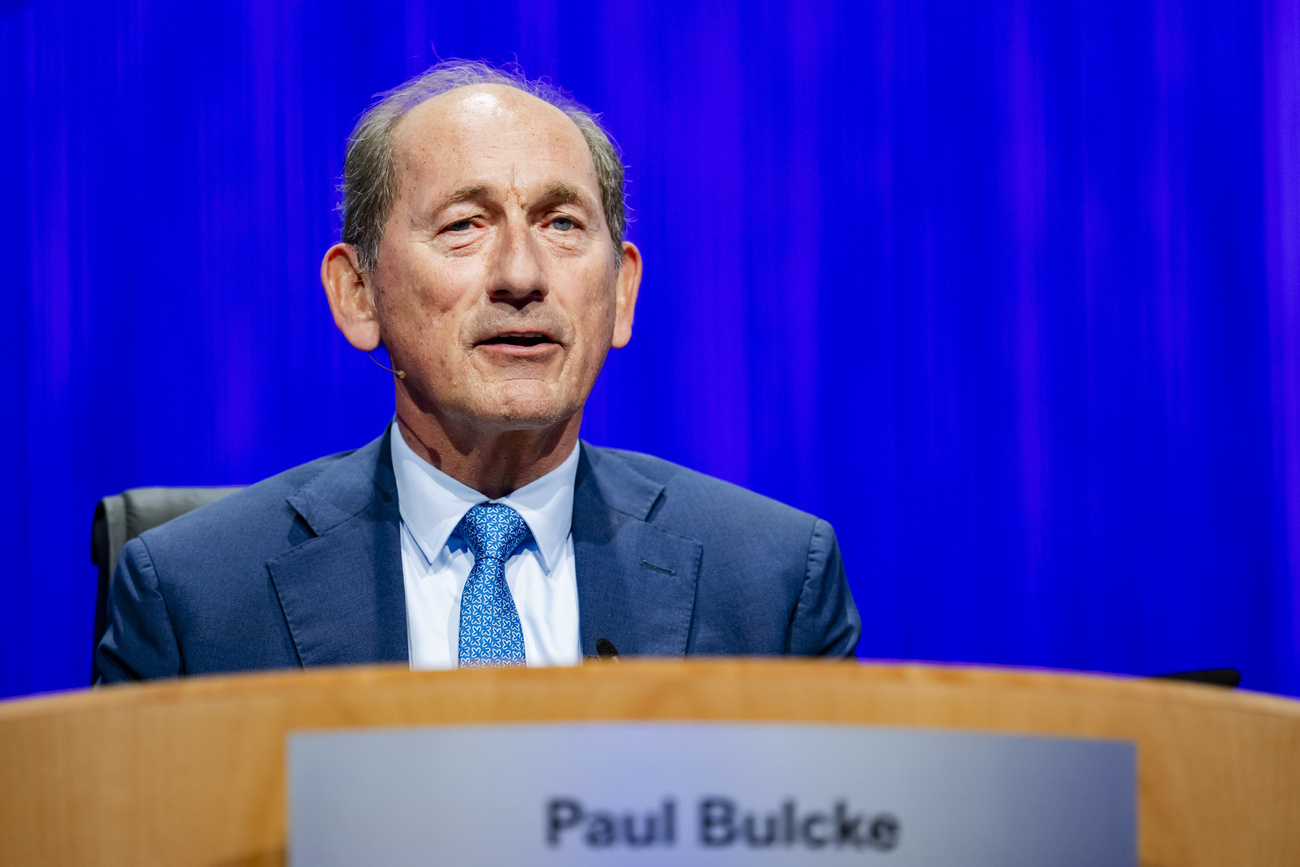




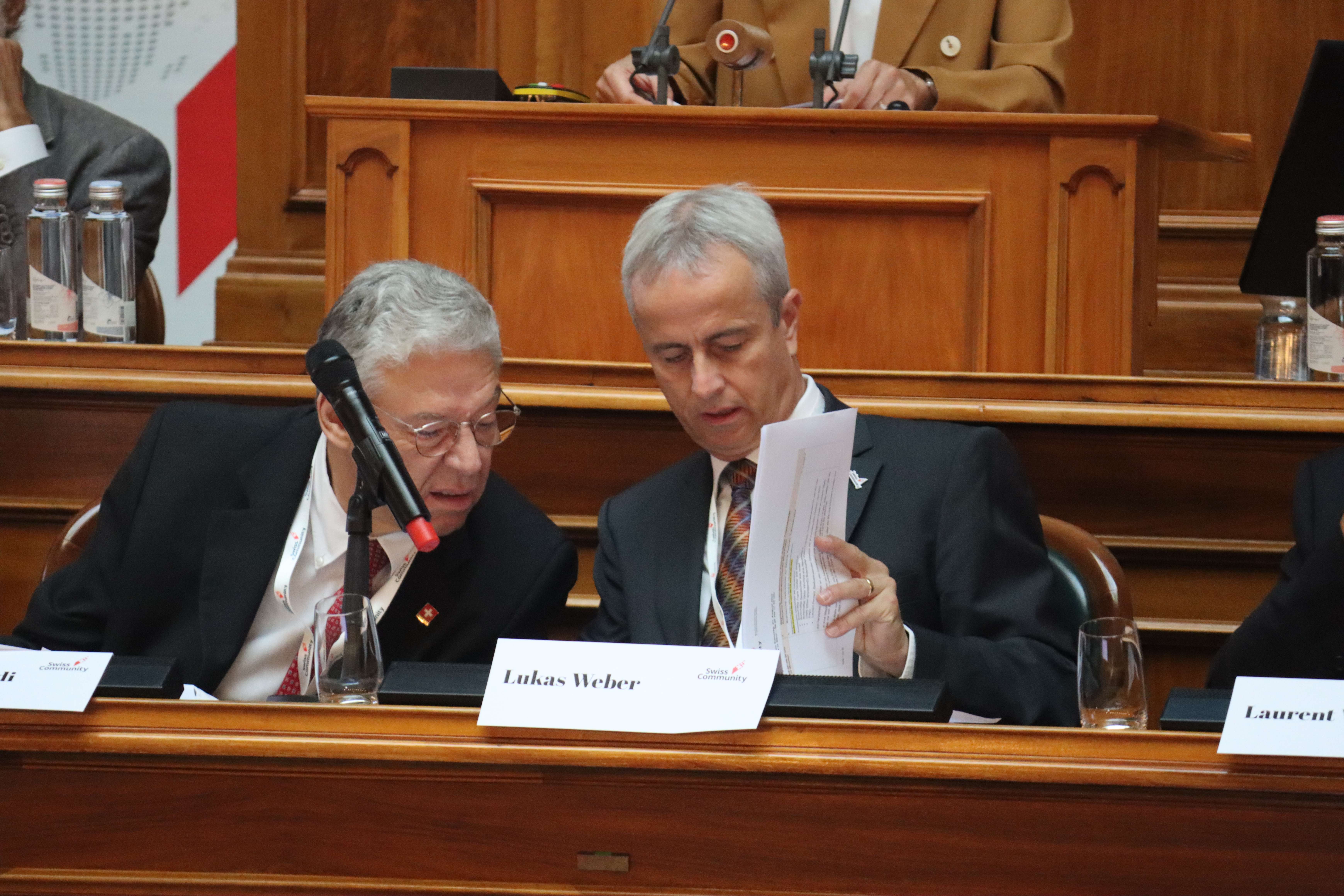
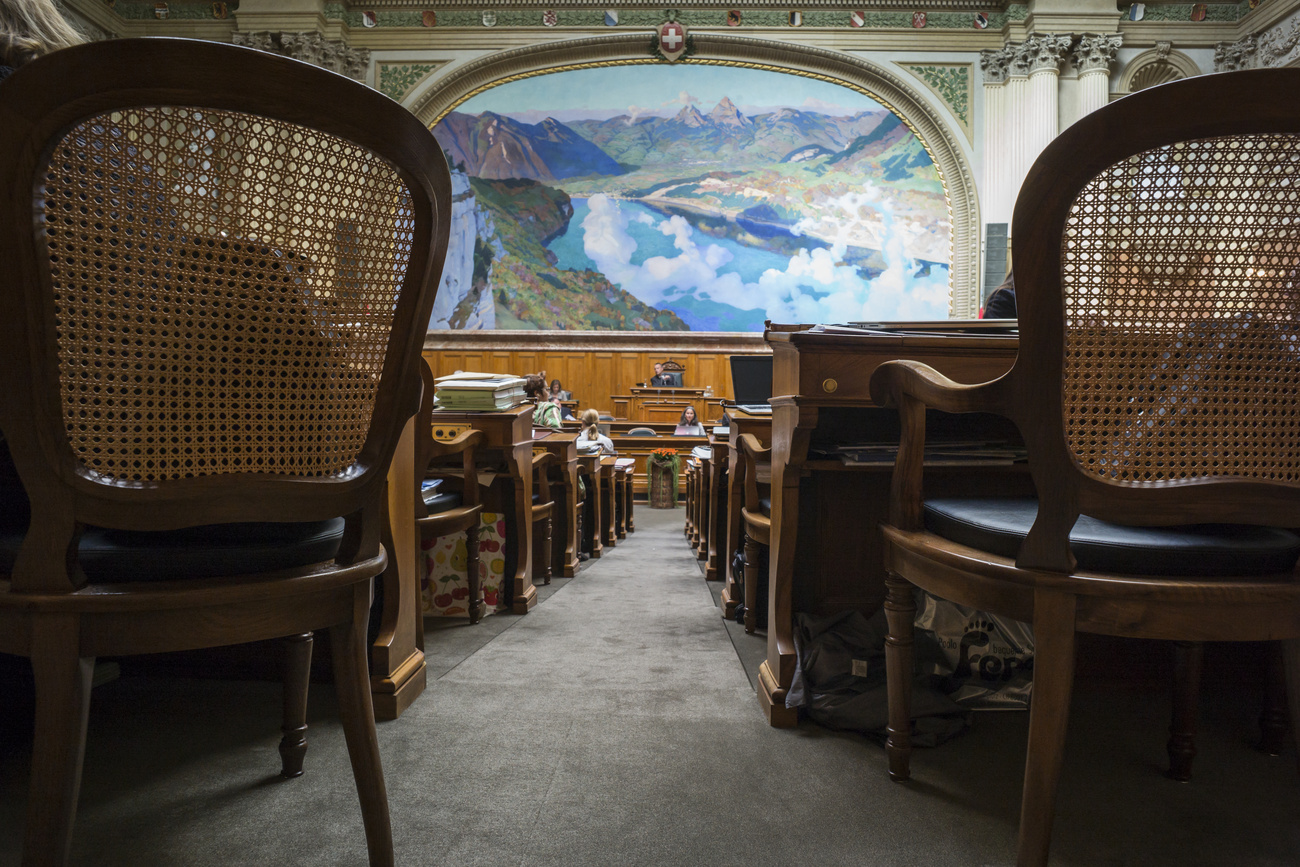





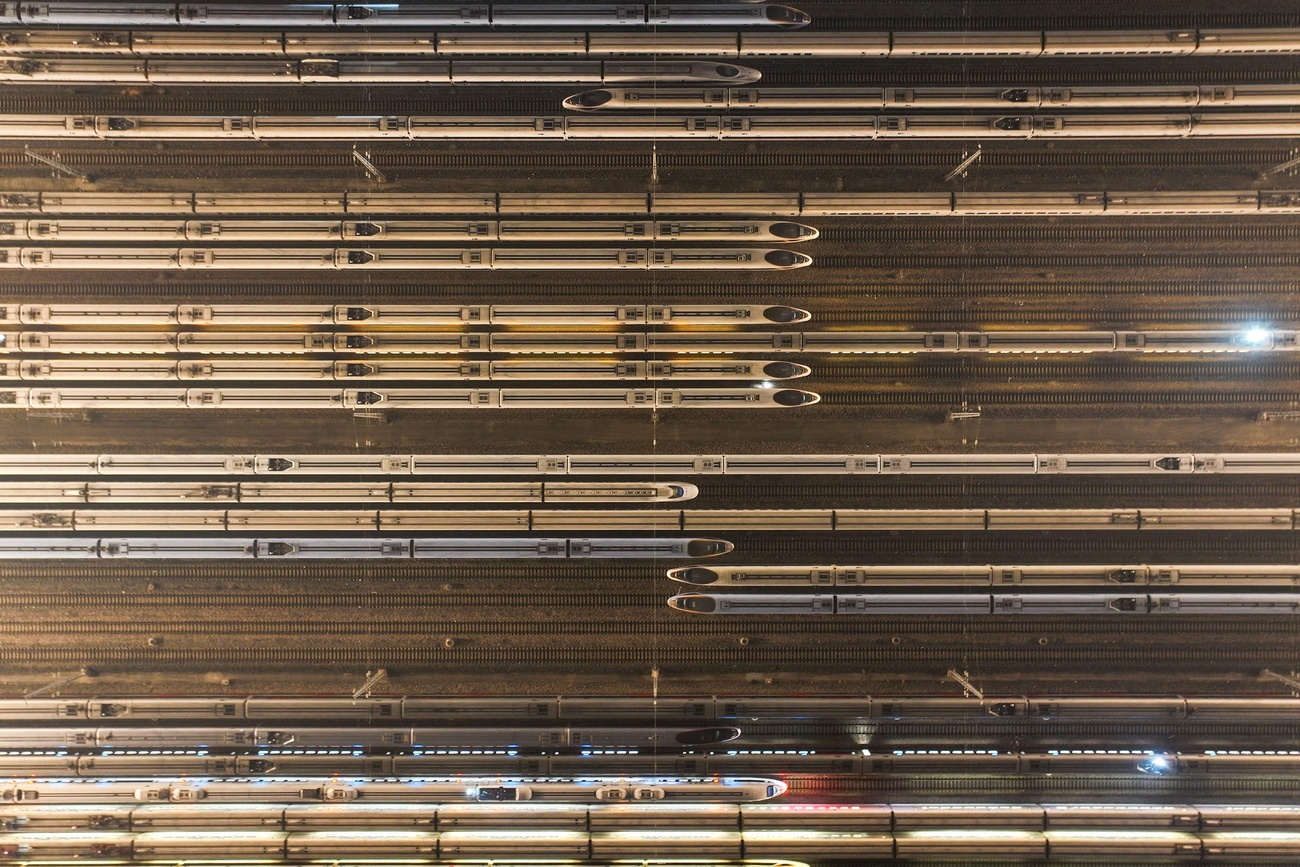
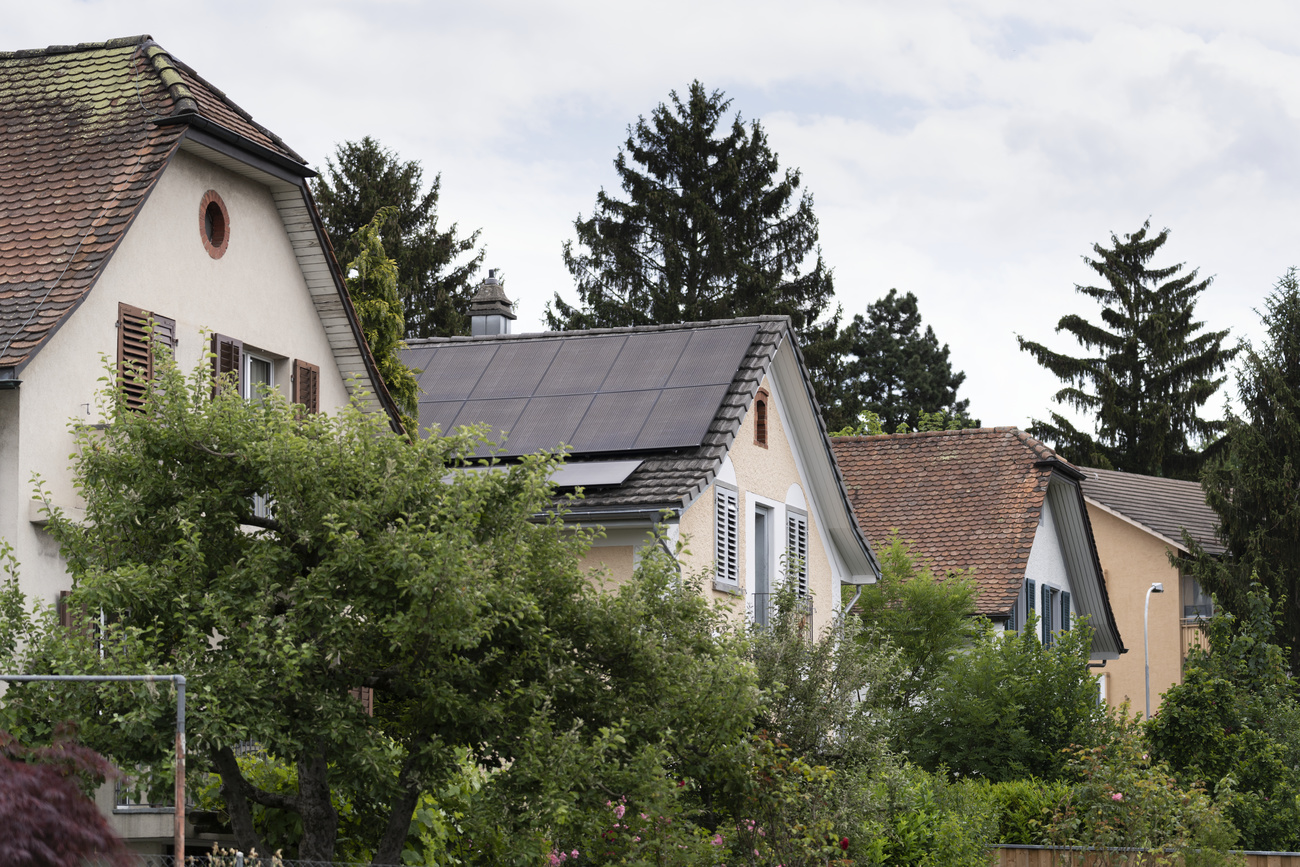



You can find an overview of ongoing debates with our journalists here . Please join us!
If you want to start a conversation about a topic raised in this article or want to report factual errors, email us at english@swissinfo.ch.